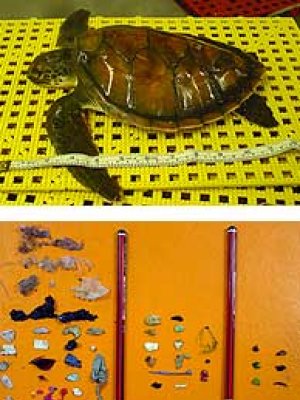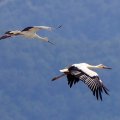
Queensland’s biodiversity inspires passion among locals and visitors alike, with a UQ researcher travelling all the way from Brazil to play her part.
Mariana de Micheli Campbell is working to secure the future of the Mary River Turtle in a project led by Professor Craig Franklin at UQ’s School of Biological Sciences.
The turtle may have received some hope with the Traveston Crossing Dam being renounced, but its plight as an endangered species continues.
“It has become vital to research the Mary River Turtle which is found only in south-east Queensland’s Mary River which flows through the city of Maryborough”, Ms Campbell said.
Professor Franklin’s lab has a distinguished record of managing the most vulnerable members of Queensland’s wildlife including turtles, frogs and crocodiles.
“The impact of environmental degradation from agriculture and irrigation is relatively unknown so I will look to assess the habitat requirements of the Mary River Turtle across its various life stages as an embryo, hatchling, juvenile and adult,” Ms Campbell said.
“I aim to combine both experimental and field based approaches to answer some critical questions about the ecology and physiology of the Mary River Turtle, with a particular focus on their habitat selection and nesting biology, the details of which are not fully understood.”
During the 2009 nesting season, eggs were collected to be incubated under controlled temperatures in the lab.
Forty-four turtles which were successfully hatched are being assessed for their ability to swim and participate in other behaviours important for their survival.
Over the next year Ms Campbell will attach electronic transmitters to the turtles and underwater listening receivers will be deployed along a stretch of the Mary River to follow the creatures’ every move.
The research has been supported by an Australian Research Council Linkage Grant and the Tiaro and District Landcare Group (TDLG).
A decade ago, TDLG initiated a nest-protection scheme to increase the number of hatchling turtles entering the river. Since then, their work has helped more than 2,000 eggs develop into hatchlings. This number is still a far cry from previous population figures when up to 15,000 hatchlings were sold each year into the pet trade.
Media: Tracey Franchi, Communications Manager School of Biological Sciences (3365 4831, t.franchi@uq.edu.au)
.jpg)









